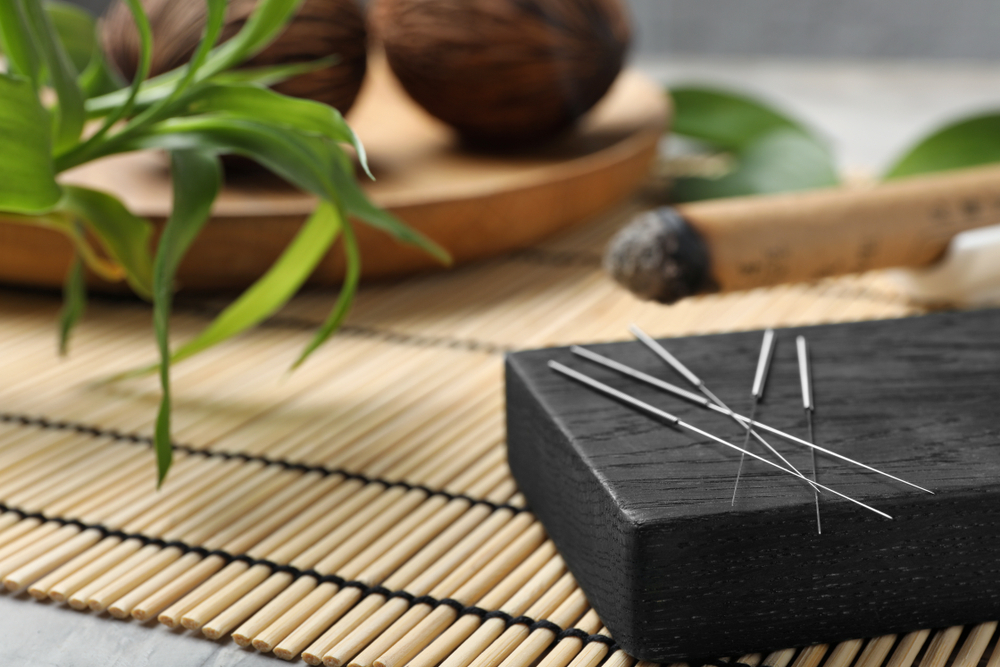Acupuncture
Acupuncture involves the insertion of extremely thin needles through your skin at strategic points on your body. A key component of traditional Chinese medicine, acupuncture is most commonly used to treat pain.
Traditional Chinese medicine explains acupuncture as a technique for balancing the flow of energy or life force — known as qi or chi — believed to flow through pathways (meridians) in your body. By inserting needles into specific points along these meridians, acupuncture practitioners believe that your energy flow will re-balance.
In contrast, many Western practitioners view the acupuncture points as places to stimulate nerves, muscles and connective tissue. Some believe that this stimulation boosts your body's natural painkillers and increases blood flow.
Frequently Asked Questions
FAQ
Does Acupuncture Hurt?
This is one of the most common fears of first time acupuncture recipients. Acupuncture utilizes hair-thin small needles, and most people feel no pain or very little pain when they are inserted. Patients sometimes sit with eyes closed and teeth clenched asking, 'When are you going to put the needles in?', and are often surprised to learn that the needles are in place before they have finished asking the question.
What can be treated?
Acupuncture, as a part of Chinese medicine, is best known for its high effectiveness in managing pain, from speeding the healing time of injuries to reducing pain and increasing mobility for people with chronic pain conditions such as arthritis. It can be used to treat many of the medical problems that you consult your doctor for, from menstrual irregularities to depression to stroke rehabilitation.
What Happens when Needle is inserted?
Analgesia: It will increase the pain threshold of the patient.
Sedation: Needles increase the dopamine content of the brain their by producing the sedation effect which can be proved by taking ECG before and after the treatment.
Homeostasis: Maintenance of the internal environment of the body in the state of equilibrium is known as homeostasis. That is balanced activities of the sympathetic and parasympathetic division of the autonomous nervous system is homeostasis.
Immune mechanism: Body resistance to disease is strengthened.
Psychological effect: Acupuncture has effect on metabolic chemistry and electrical activities of the brain
What are the precautions while taking Acupuncture?
- On the day of acupuncture treatment, it is best to have a light meal one hour prior to the treatment. Being overeats or over-hungry will increase the risk of nausea or fainting.
- Wearing loose, warm and comfortable clothing that will be easily rolled up to elbows or knees. Most commonly used acupoints are located at limbs.
- We always use Sterile Single use needles, that are disposed after single use.
Acupuncture Variations
Several other therapies use a different way of stimulating the acupuncture points. Moxibustion involves the burning of moxa, a bundle of dried mugwort and wormwood leaves, which can then be used to heat the acupuncture needles or warm the skin. Electroacupuncture adds electrical stimulation to the needles. Another recent variation uses laser needles that are placed on (but not in) the skin.
Lets Talk
Request For Consultation
Office Details
-
Dahisar: Shop number 4, Chintamani Chawl, Ashok Van, Dahisar East, Mumbai, Maharashtra 400068
-
Malad: Shop Number 13 Dhruv Heights, Upper Govind Nagar, Malad East, Mumbai, Maharashtra 400097


